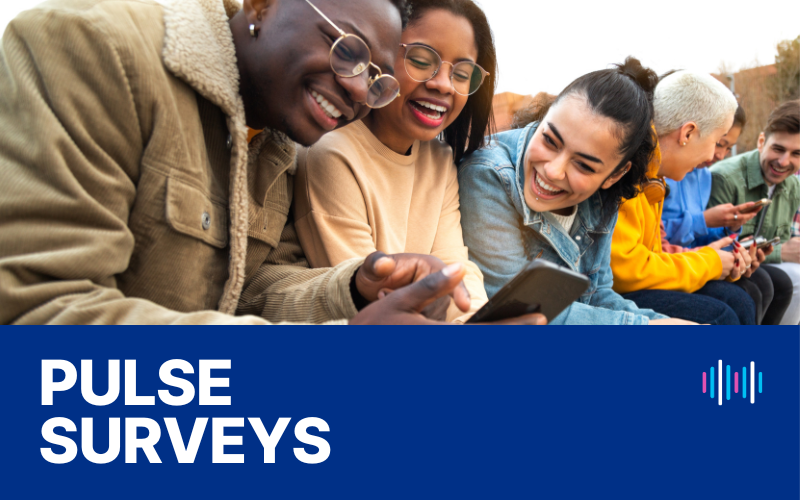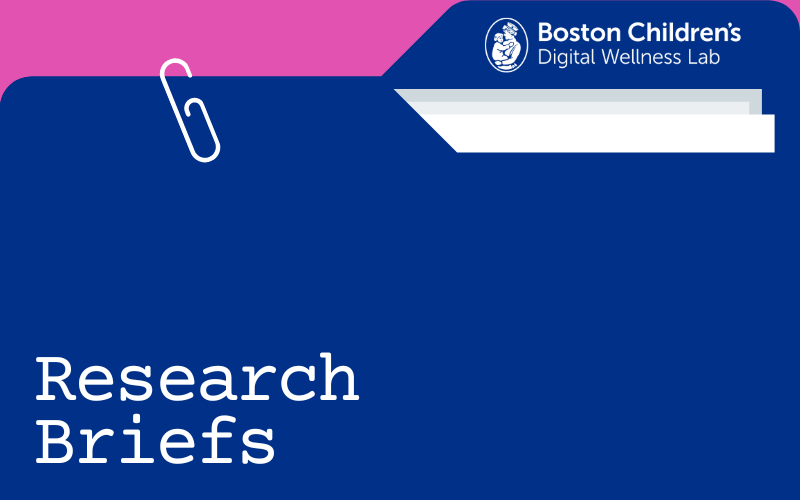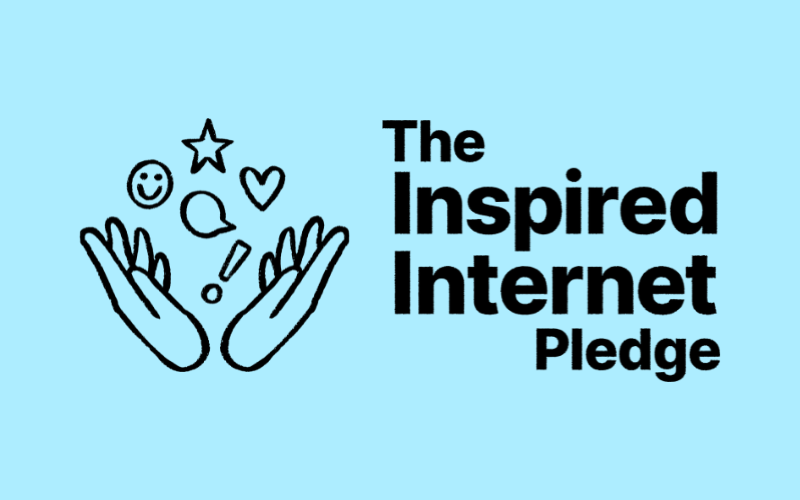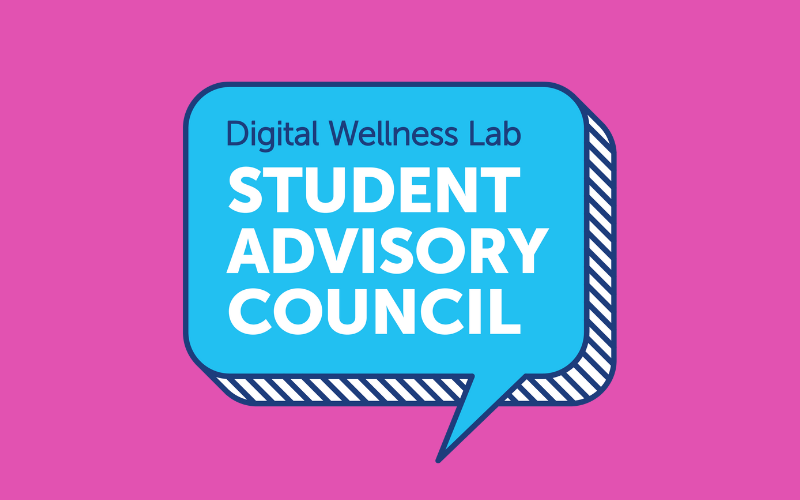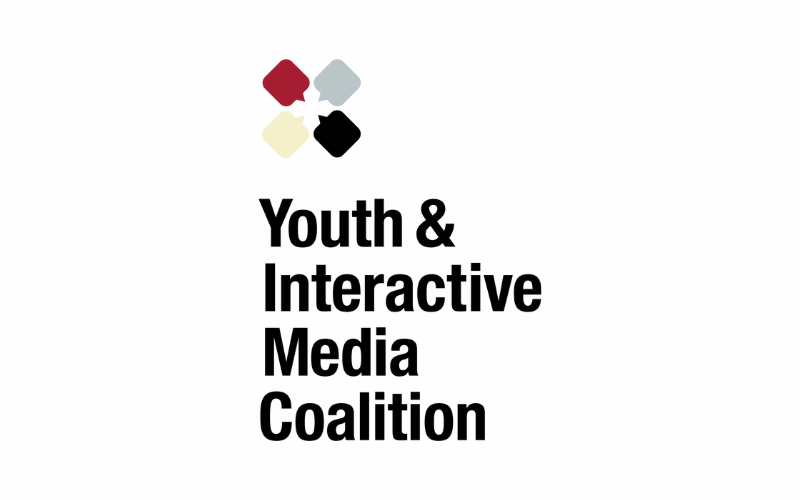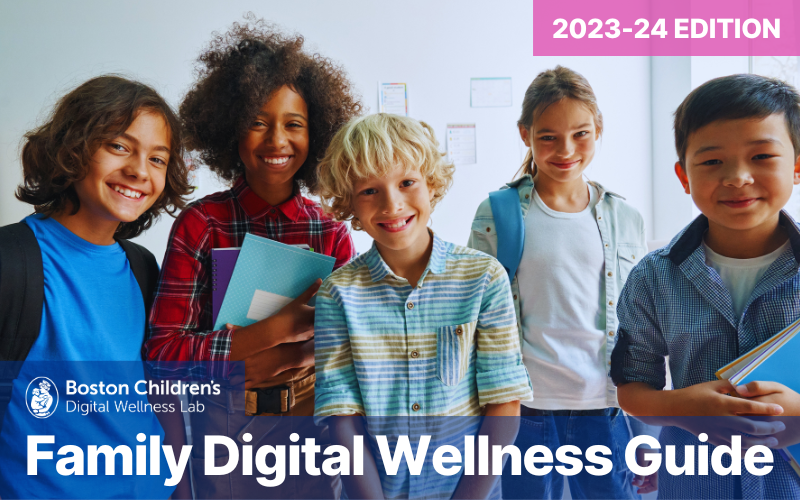In our second Pulse Survey, parents reported that their children used increased amounts of media during the summer. Overall they saw this use as mainly helpful to their children’s social connections, well-being, and school readiness. In addition, children were both anxious and excited for this upcoming school year.
Parents’ Perspectives: Summer Media Use and the Return to School
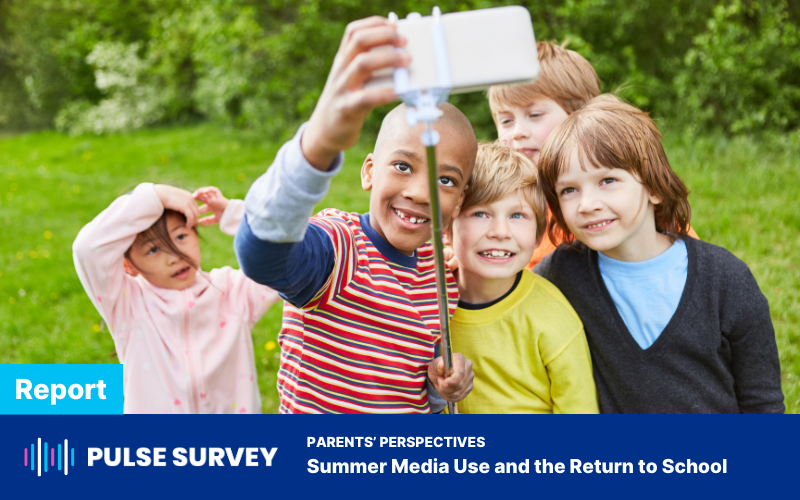
Suggested Citation
Bickham DS, Hunt E, Kavanaugh JR & Rich M. (2021). Parents’ Perspectives: Summer Media Use and the Return to School. Boston, MA: Digital Wellness Lab. https://digitalwellnesslab.org/pulse-surveys/parents-perspectives-summer-media-use-and-the-return-to-school/

